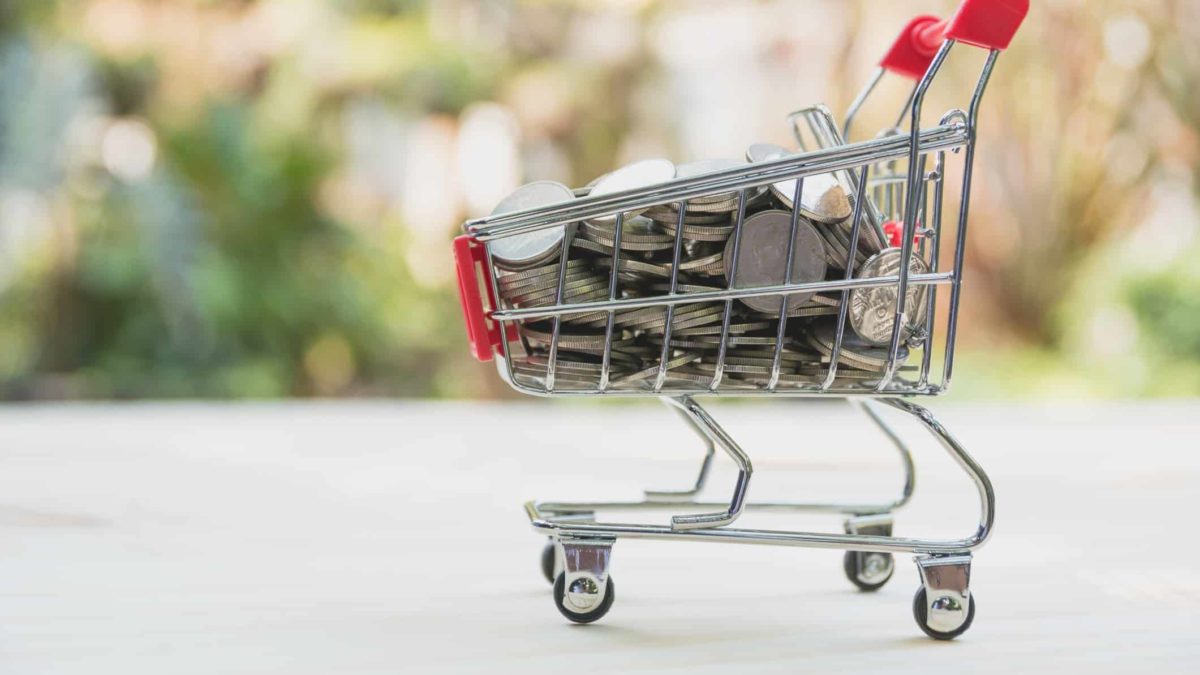Blue chips Coles Group Ltd (ASX: COL) and Woolworths Group Ltd (ASX: WOW) are on many investors' radars right now. The food retailer giants are striding through the pandemic with strong sales and revenues leading to the increased supermarket shares.
Both companies are listed in the S&P/ASX 50 (ASX: XFL) and have a combined market capitalisation of close to $70 billion. Coles is the smaller of the 2, with a market capitalisation of $22 billion compared to Woolworths nearly $47 billion market cap. So, how are the 2 supermarket conglomerates performing?
Coles
Coles operates 2,500 retail outlets nationally, including 800 supermarkets, 900 liquor stores, and more than 700 fuel and convenience retailers. The Coles share price remained relatively robust in the March correction, losing around 17% from peak to trough. Shares are now trading at $16.68, relatively close to their high for the year of $17.17.
Coles reported a 12.9% increase on its Q3 sales driven by panic buying at the start of the coronavirus pandemic. Supermarket sales increased by 13.8%, recording the division's 50th consecutive quarter of comparable sales growth. Liquor sales were up by 7.2% and express sales up 4.3%. Coles Online sales revenue grew by 14% in Q3, despite home delivery being temporarily suspended in March.
Coles Group reported sales revenue for Q3 at $9.2 billion. The Group responded to increased demand by hiring 12,000 extra workers. Beyond the initial panic buying, the fact that Australians are spending more time at home has increased consumption of home-cooked meals and their household items.
Woolworths
Woolworths is Australia's largest supermarket chain, operating some 995 supermarkets across Australia. Including its liquor and Big W brands, Woolworths is behind some 3000 stores across the country. The Woolworths share price fell 20% in the March dip, but has since recovered somewhat and is currently trading down 16% from its 2020 high.
Woolworths has benefited from the same forces driving increased sales at Coles. Overall, Q3 quarter sales grew by 10.7%. The Australian food business saw growth of 11.3%, Big W grew sales by 9.5%, and liquor also grew 9.5%. The hotels business saw a 12.9% drop in sales with the closure of venues.
Sales growth continued in April although moderated from rates seen in March. Looking into the Q4, increased costs are expected to continue including costs associated with the temporary employment of 22,000 team members. These incremental costs are expected to be in the range of $220 – $275 million for Q4. The extent to which these costs can be offset will depend on the rate of sales growth over the remainder of the financial year.
Foolish takeaway
The supermarket giants saw increased sales as a result of the pandemic but each also incurred increased costs. The outcome of the changes will be revealed in Coles and Woolworths' full-year results with a close watch on the supermarket shares.









